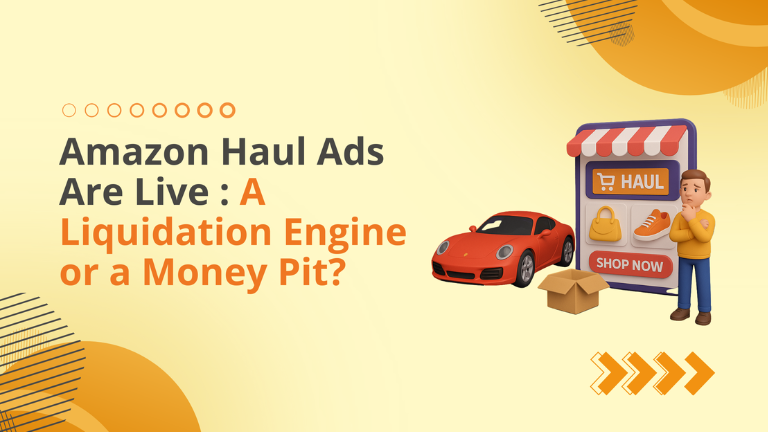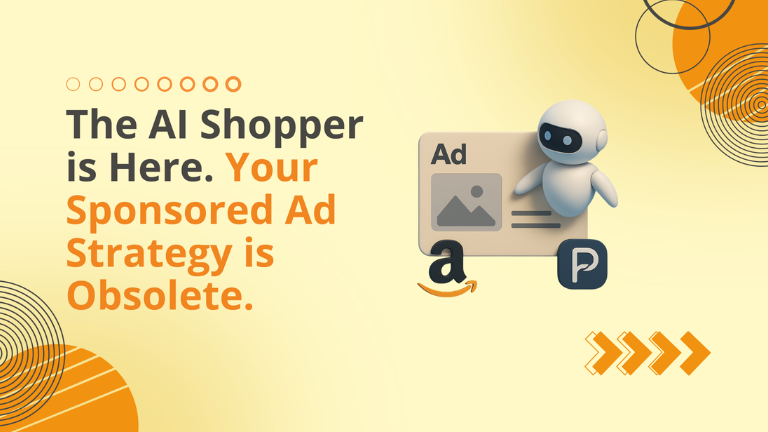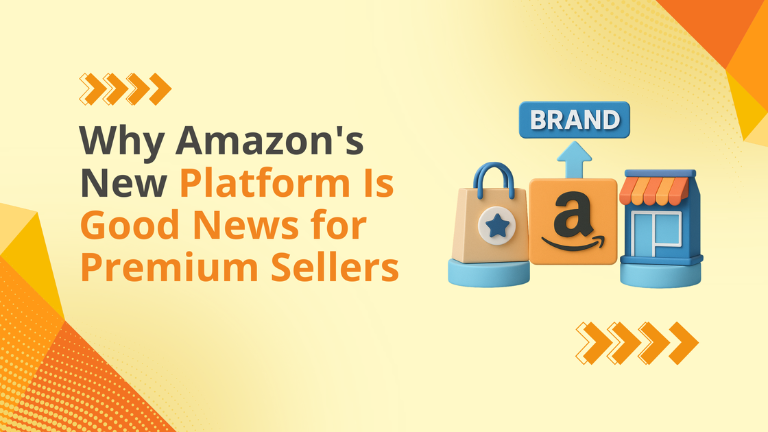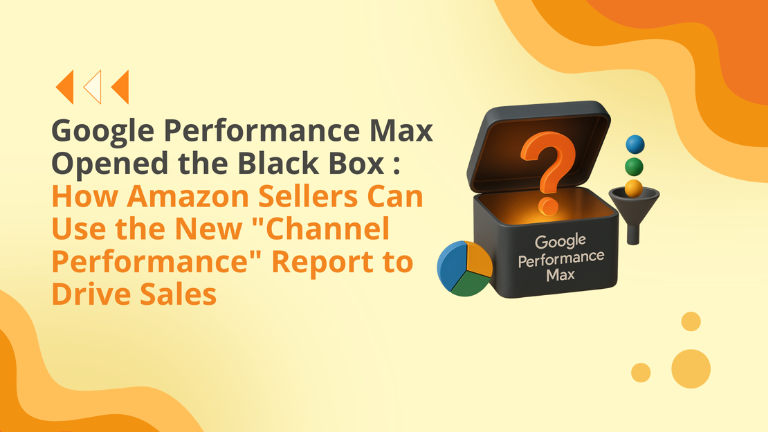Amazon Haul Ads Are Live: A Liquidation Engine or a Money Pit?
The “Amazon Haul” experiment—Amazon’s direct response to Temu and Shein—has moved to its next phase: Advertising. As of late 2025, sellers can now target the “Amazon Haul” storefront as a specific placement for Sponsored Products. This storefront is unique: strictly mobile-only, strictly under $20 (mostly under $10), and populated by unbranded, slow-shipping goods. Opening ads here creates a massive volume opportunity, but it also creates a massive “Intent Trap.” Here is how to navigate it. The “Intent Trap”: Why You Might Need to Block This Placement Ad performance is all about Contextual Congruence. If a user is browsing Amazon Haul, they are explicitly signaling: “I want the cheapest possible option, and I don’t care about the brand.” The Risk: If your premium brand’s Auto-Campaign serves an ad here, you are paying for clicks from users who will likely bounce when they see your $35 price tag. This lowers your CTR, tanks your CVR, and hurts your organic ranking potential. The Fix: For most premium brands, the strategy is Defense. You need to negatively target or apply low bid modifiers to this placement to protect your funnel efficiency. The Opportunity: The Ultimate Liquidation Engine However, for specific use cases, this placement is a game-changer. Scenario: You have 5,000 units of an old version of a product. It’s priced at $14.99. It’s sitting in FBA, racking up storage fees. The Play: “Haul” shoppers are the perfect demographic for this. They are price-sensitive and deal-hungry. By targeting Haul, you can drive massive volume to clear this inventory, converting “Dead Stock” back into cash flow. The “Speed Arbitrage” Strategy The biggest weakness of Amazon Haul organic products is shipping time—usually 1 to 2 weeks. If you advertise an FBA item in this placement, you have a killer advantage: Prime Speed. The Play: Ensure your main image or title screams “Arrives Tomorrow.” You are effectively saying to the shopper: “You can save $2 and wait 2 weeks, or pay $2 more and get it tomorrow.” A significant segment of Haul shoppers will take that trade. Where Big Internet Ecommerce Fits In We manage ads based on Unit Economics, not just Impressions. Placement Audits: We ensure your high-end products aren’t wasting spend in the bargain bin. Liquidation Campaigns: We build specific “Haul-Targeted” campaigns for your low-margin or overstock items to recover capital efficiently. Fighter Brand Launches: We help you strategize and launch low-cost “Fighter SKUs” designed specifically to dominate this new, high-volume placement without diluting your main brand image. The gates are open. Just make sure you walk through the right one. Book a call to get your migration roadmap today. Follow Big Internet Ecommerce (BIE) on Instagram & LinkedIn to stay updated with the latest trends in Amazon selling.
Amazon Haul Ads Are Live: A Liquidation Engine or a Money Pit? Read More »











